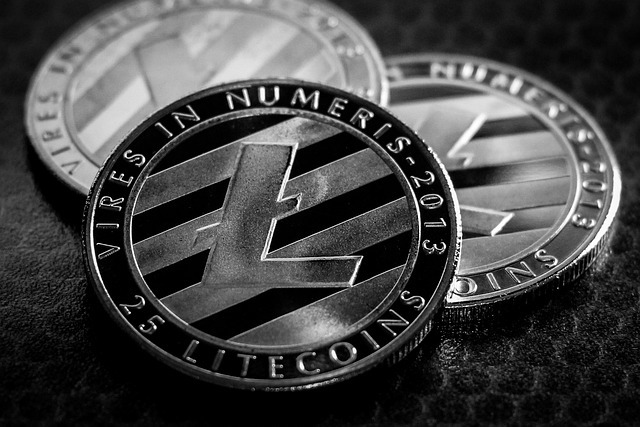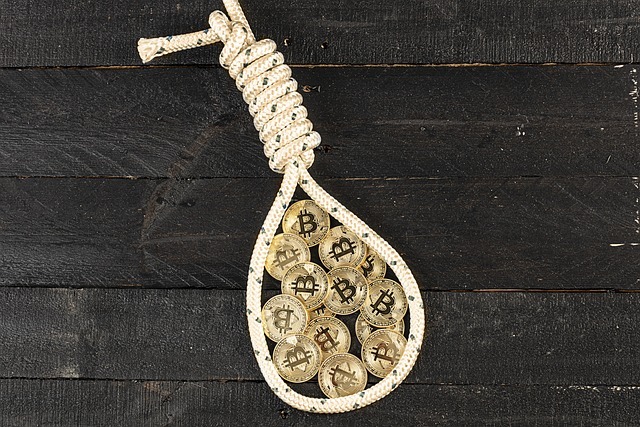
- The volume of large Shiba Inu (SHIB) transactions has plummeted from 7.49 trillion to under 1 trillion tokens in the past 24 hours, indicating reduced interest from whale investors and increased market vulnerability.
- This decline could lead to greater price volatility and further drops in SHIB’s value as key investors pull back.
The world of cryptocurrency is no stranger to volatility, but the recent plummet in Shiba Inu (SHIB) whale transactions is raising eyebrows across the market. In a startling shift, the volume of large SHIB transactions has dropped from 7.49 trillion tokens earlier this week to less than 1 trillion in the past 24 hours. This sharp decline is not just a statistical anomaly but a potential indicator of broader market sentiments and future movements for SHIB.
Also Read: Shiba Inu’s (SHIB) Burn Rate Skyrockets: What’s Behind the Surge?
A Closer Look at the Numbers
According to recent on-chain data from IntoTheBlock, the number of significant transactions involving Shiba Inu has decreased dramatically. Only 45 large transactions were recorded in the last 24 hours, compared to a seven-day high of 285 transactions on June 18. This drastic reduction in transaction volume corresponds with a sharp drop in the total amount of SHIB moved, from a peak of 7.68 trillion tokens earlier in the week to just 747.97 billion tokens.
The large transaction volume is a crucial indicator of market health, particularly for assets like Shiba Inu, where whale investors those holding significant quantities of the cryptocurrency play a pivotal role. The decrease in large transactions signals a potential withdrawal of interest from these key market players.
Market Implications and Investor Sentiment
This decline in whale activity can have significant ramifications for Shiba Inu. For one, the liquidity of SHIB could be adversely affected, making the asset more susceptible to price volatility. With fewer large transactions, the market may experience increased price swings, as less buying activity is required to counteract selling pressures.
The price of Shiba Inu has already shown signs of distress, dipping below key moving averages and entering the “oversold” territory according to the Relative Strength Index (RSI). The current bearish trend is further underscored by the token’s movement below long-term averages like the 100-day and 200-day moving averages.
Several factors might be contributing to this downturn. General market sentiment has been lukewarm, with investors possibly seeking more stable assets amid uncertain economic conditions. Additionally, the broader cryptocurrency market has faced challenges, from regulatory scrutiny to fluctuating investor confidence.
The reduction in large SHIB transactions not only reflects the changing dynamics of whale behavior but also serves as a cautionary tale for retail investors. As the support from major investors wanes, Shiba Inu’s future may hinge on renewed interest and positive market catalysts to regain its footing.
In conclusion, the sharp decline in Shiba Inu whale transactions is a significant development that underscores the asset’s current vulnerability. As the market continues to evolve, both investors and analysts will be watching closely to see if SHIB can weather the storm and stabilize its position in the competitive world of cryptocurrencies.




